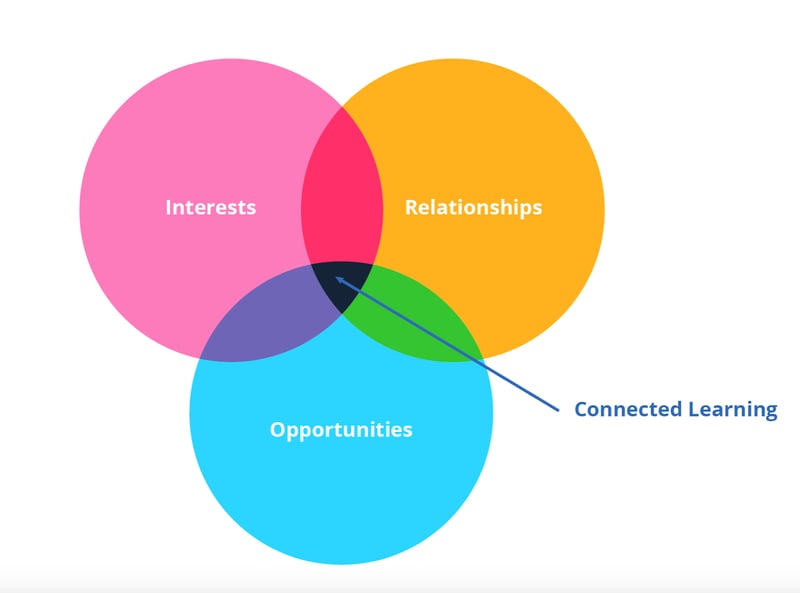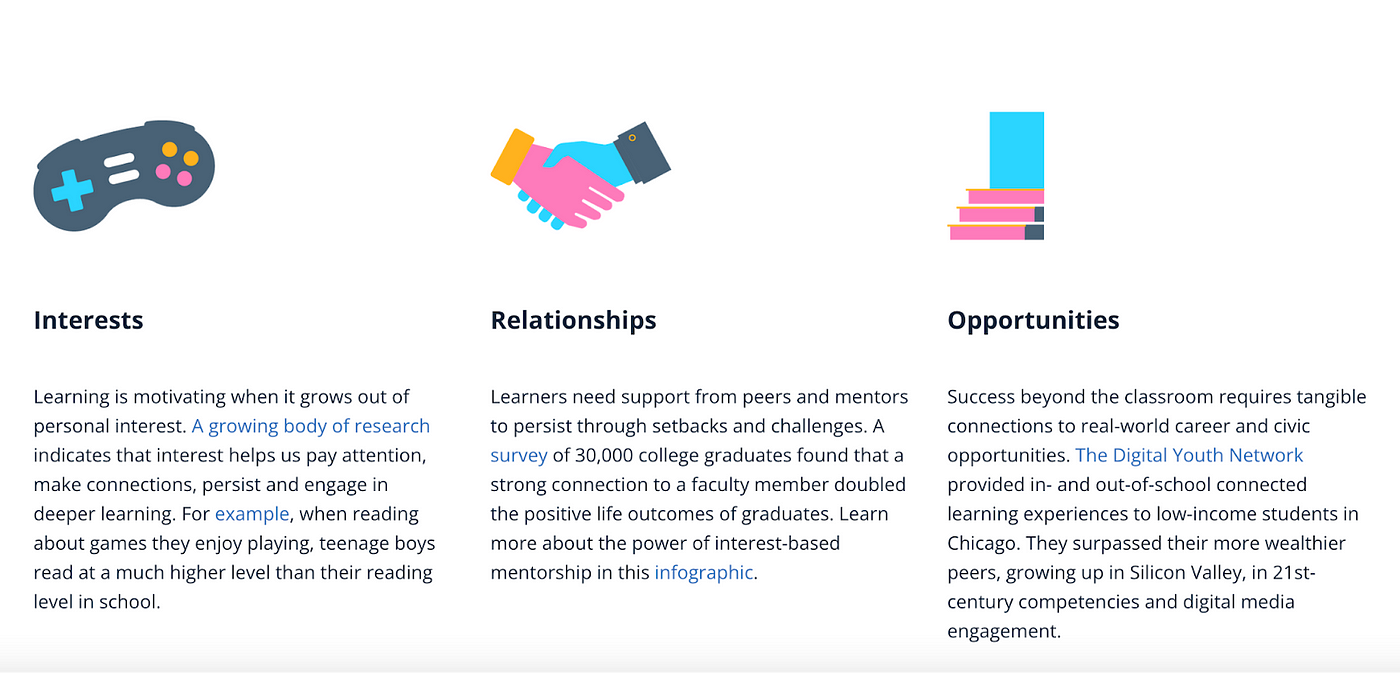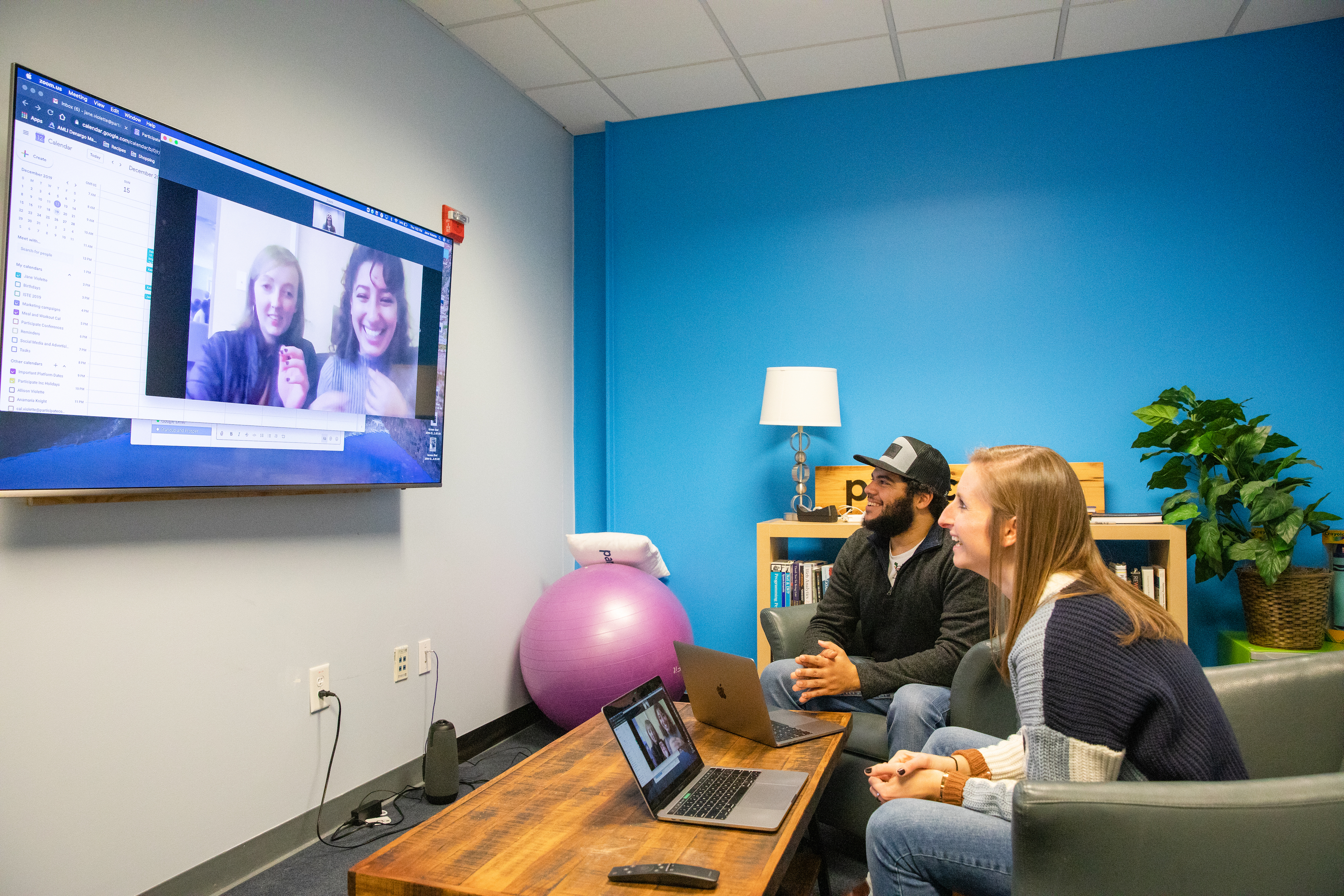Open Recognition: Coming Home
This post was originally published June 23, 2023 on Medium.
Over the past few years, we feel dynamic and almost hyperactive energy around digital credentials — a digital way to formally recognize learning and/or achievement. This recent activity is fueled by projects for workforce development driven by innovative funding to scale skills-based hiring.
Workforce development is so critical — expanding access for communities that have been marginalized and excluded is essential for our economy. We need all the talent, intelligence and diverse perspectives possible in order to build an inclusive and thriving society where we all can contribute. And because a person is more than a “worker,” and learning happens anywhere and everywhere — not isolated to structured, formal settings — we must elevate and recognize the whole person (rather than just a set of isolated skills).
Enter open badges.
The open badges movement launched in 2013, supported by the MacArthur Foundation (coordinated by HASTAC and our dear friend Sheryl Grant) and the Mozilla Foundation to push an open standard and– most importantly — a vision to expand recognition of learning that happens across formal and informal settings.
Four years later, Mozilla handed over the reins. Doug Belshaw of We are Open Coop reflected here on a recent conversation we had about the impact of that move: “I was talking with someone today who reflected that Open Badges effectively lost its theoretical underpinnings when Mozilla handed over stewardship of the standard in 2017.”
Yes.. I would venture that something even more important was lost: the disconnection from Connected Learning theory. Specifically, the community that contributed extensive research that formed a more holistic understanding of how technology innovation — like open badges and digital credentials — could make all kinds of learning (and the skills and competencies that result from that learning) visible and portable.
We have become disconnected from our theoretical home.
Reconnecting and reviewing the research of the interdisciplinary team of researchers reminds us of the rich and diverse pathways that informed connected learning. Badging was a key technological component that would surface this learning… until it wasn’t.
The 3 pillars of Connected Learning
https://clalliance.org/about-connected-learning/


“The growth of online communities, social and online media, open educational resources, ubiquitous computing, big data, and digital production tools means young people are coming of age with a growing abundance of access to knowledge, information, and social connection. These shifts are tied to a host of new opportunities for interest-driven learning, creative expression, and diverse forms of contribution to civic, political, and economic life. Even learning of traditional academic subjects is increasingly supported in self-directed ways and in settings outside of the teacher-guided context of the classroom.”
Without this theoretical grounding, open badges quickly became subsumed by a model of microcredentials that prioritized hierarchical learning to supporting top down systems already in place. While the microcredentials used open badge technology to provide more agency for learners to present their formal learning, the original intent to surface and recognize all kinds of experiences and individuals was lost.
“Open Recognition, in contrast, is like providing multiple paths to the summit. It’s like creating a mountain range with different peaks, each representing a different set of skills or knowledge. This approach allows individuals to showcase their competencies and achievements in ways that are recognised across different contexts, such as earning badges that demonstrate their skills.” –Doug Belshaw, Why Open Recognition is the Key to Unlocking Human Potential
This revival of open recognition (we hope) is a reminder of where badges started: the understanding that we are more than our jobs, that identity is situated and is expressed differently depending on the context. Returning to a connected learning framework to guide and ground digital credentialing can once again provide a “host of new opportunities for interest-driven learning, creative expression, and diverse forms of contribution to civic, political, and economic life.” https://clalliance.org/about-connected-learning/
Join us! The Open Recognition Community meets monthly at the Open Recognition Community Calls (Keep Badges Weird) and Open Skills Network: Open Recognition working group. We will also be gathering at Badge Summit (a post-conference workshop is focused on Open Recognition!) and at the Open Recognition Alliance annual conference, ePIC, in Vienna.


